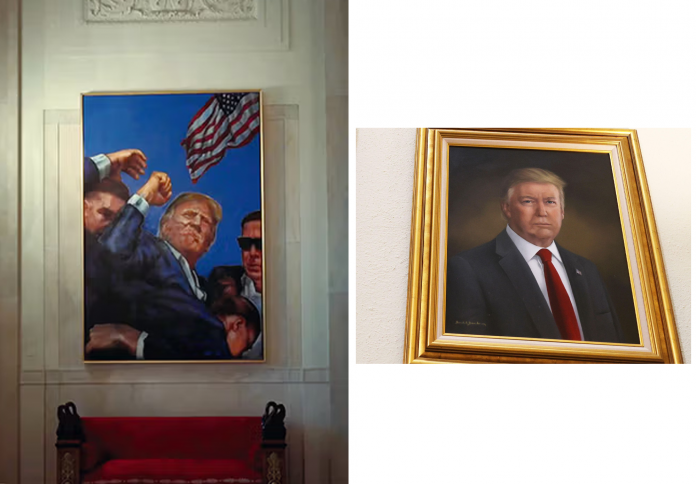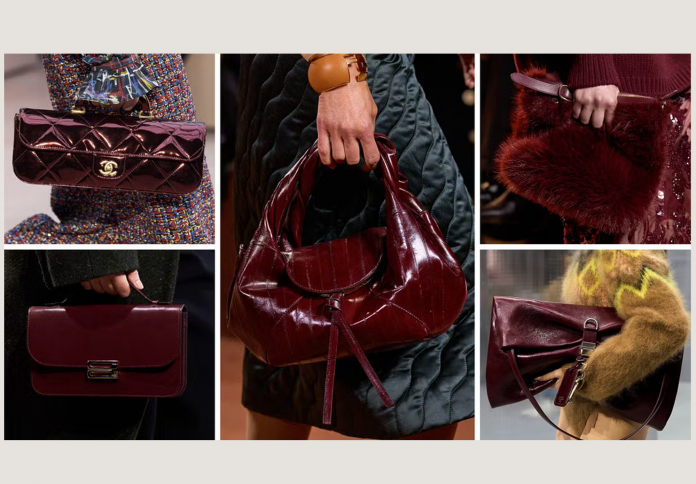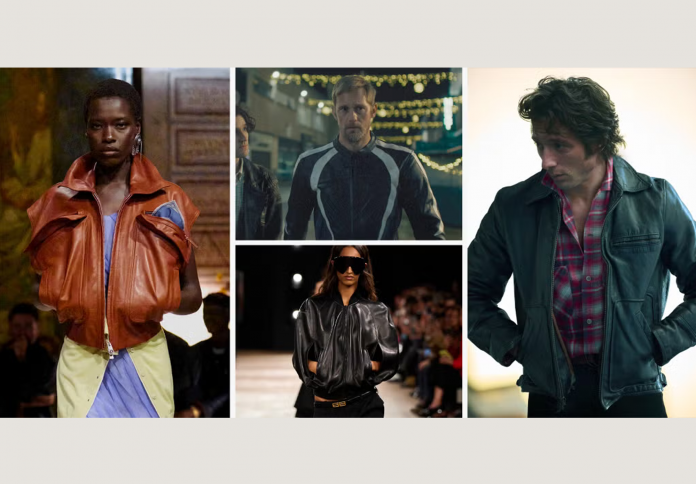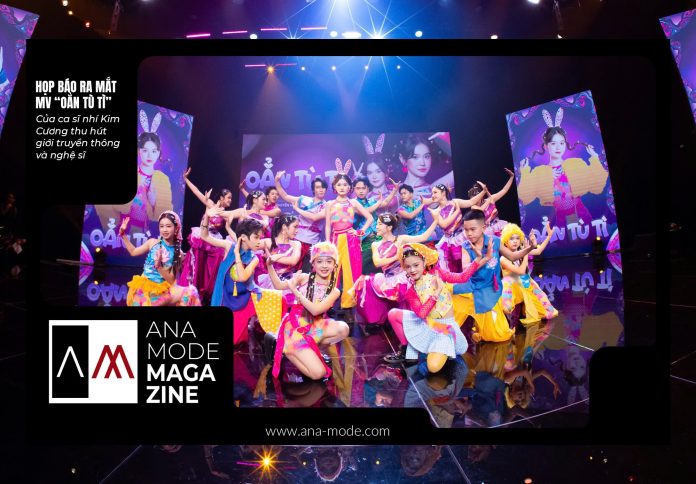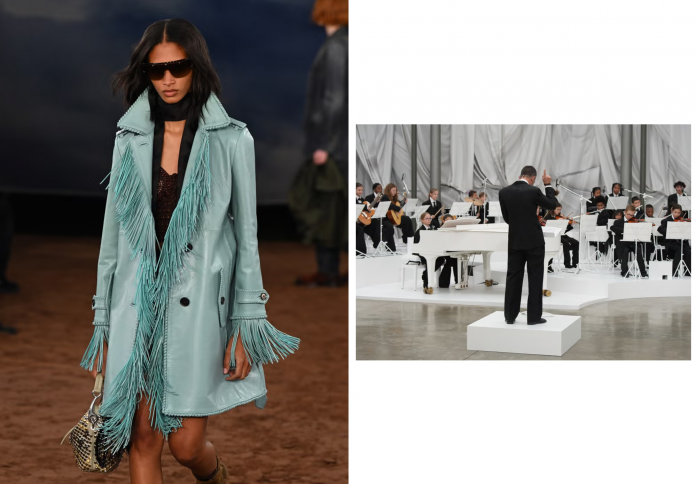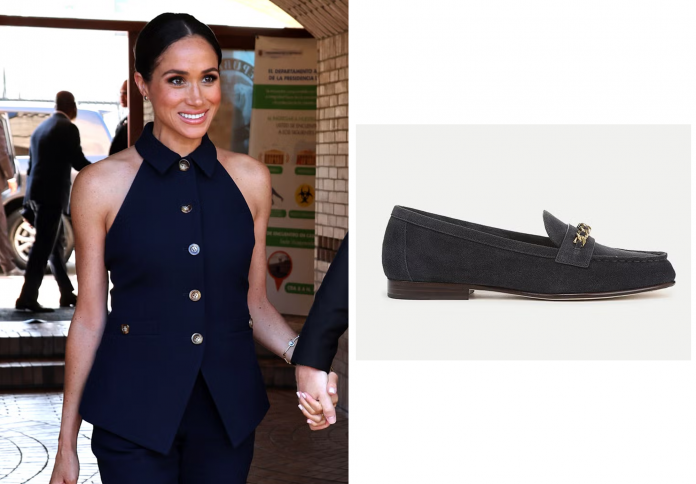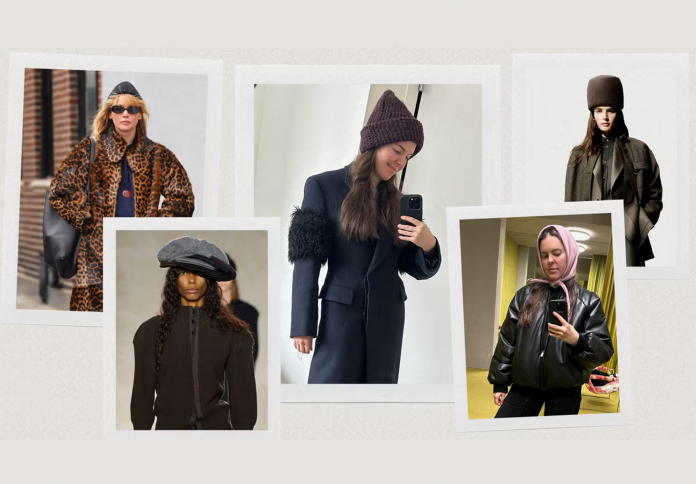A seemingly routine piece of political art has become the center of a very public dispute after the portrait of Donald Trump, which had been hanging in the Colorado State Capitol building, was swiftly removed following the former president’s highly critical public commentary. Painted by Colorado Springs-based artist Sarah Boardman and completed in 2019, the work was intended to fulfill the tradition of commemorating US Presidents in the state government’s seat in Denver. However, a recent social media post by Trump—in which he blasted the portrait as “purposefully distorted” and “truly the worst”—forced the General Assembly’s bipartisan executive committee to authorize its take-down on the evening of March 24. This incident underscores the precarious place of contemporary presidential portraiture, where the subject’s satisfaction often holds more weight than artistic merit or political tradition.
The Commission: A Bipartisan Effort to Complete a Tradition
The placement of a presidential portrait in the Colorado State Capitol building is a long-held tradition, though the execution of the work for the forty-fifth president proved unexpectedly complicated. Unlike earlier presidents whose likenesses were often painted by the late Lawrence Williams, an official commission for Donald Trump had stalled due to a lack of public donations. This vacuum led to a minor political skirmish in 2018, when activists seized the opportunity to place a prank portrait of Vladimir Putin in the intended spot, a stunt that highlighted the lack of a proper official artwork.

In the immediate aftermath of this disruption, former State Senate President and Republican Kevin Grantham spearheaded a successful online fundraising effort, raising nearly $11,000 to commission the new portrait. The effort was fundamentally bipartisan in its aim: to simply fulfill a customary historical record. The resulting work was completed in 2019 by Sarah Boardman, a Colorado Springs artist known for her warm, realist style and for having won a nationwide contest to paint both the Trump and Obama presidential portraits for the state. At its August 2019 unveiling, attendees described the atmosphere as “nonpartisan,” with Grantham recalling the event as “nothing but smiles,” emphasizing the work’s role as a piece of historical continuity, rather than partisan statement.
The Presidential Rebuke: An Attack on Artistic Interpretation
The portrait hung in the Capitol building without major incident for several years until the recent and highly public intervention by its subject. In a March 23 post on his social media platform, Donald Trump launched a scathing critique of the artwork, claiming it had been “purposefully distorted” to a degree he had “never seen before.” The former president did not mince words, declaring that he would “much prefer not having a picture than having this one,” effectively branding the commissioned work as an artistic failure.
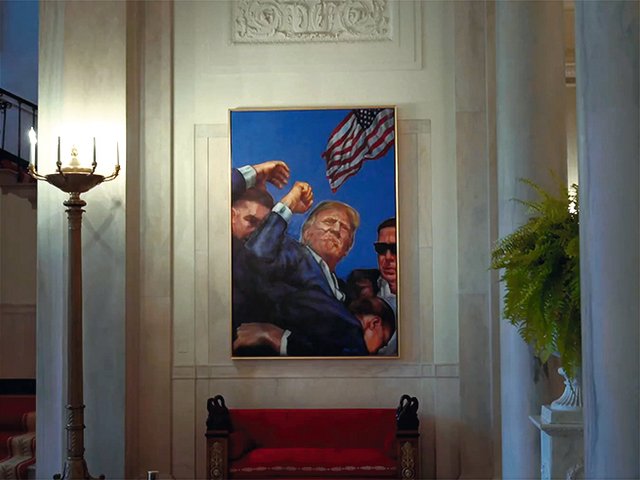
The critique was notably personal and targeted. Trump directed his ire at the portrait’s placement, mistakenly attributing the decision to Colorado’s Democratic Governor, Jared Polis. Furthermore, he invoked a comparison to Boardman’s other works, specifically noting her portrait of President Barack Obama, which he deemed “wonderful,” before acidly concluding that Boardman “must have lost her talent as she got older.” This social media campaign put immediate and overwhelming pressure on the Colorado General Assembly, turning a quiet piece of state property into a national flashpoint over artistic representation and presidential ego.
The Immediate Fallout and Political Reactions
The reaction in Denver was swift and politically charged. The General Assembly’s bipartisan executive committee quickly authorized the removal of the painting, carried out on the evening of March 24. This action reflected a general consensus among state legislators that, given the subject’s unequivocal displeasure, it was “silly” to keep the painting on view. The immediate take-down demonstrated a pragmatic, if unusual, deference to the aesthetic judgment of the former president, even from a body representing a state that has often been at the center of political resistance to him.
The reaction from state officials, both Democratic and Republican, was marked by a mix of surprise and weary amusement. A spokesperson for Governor Polis remarked that the governor was “surprised to learn that the President of the United States is an aficionado of our Colorado State Capitol and its artwork,” noting the office’s ongoing efforts to “improve our visitor experience.” Meanwhile, spokespeople for the Colorado House Democrats and Senate Republicans both indicated that the controversy was a matter for the Republicans to address. This effectively framed the dispute over the portrait as an internal Republican issue—a costly and distracting debate over a matter of vanity—rather than a point of necessary historical record.
The Future of the Commission: A Costly Vacuum
The removal of Sarah Boardman’s work has created a costly and indefinite vacuum in the Capitol’s historical portrait gallery. There is currently no official timeline or plan for its replacement. Spokespeople for the state legislature admitted a complete lack of clarity regarding the next steps, stating that there is “no idea when a new portrait is going to go up, how it’s going to be fundraised, who is going to pay for it, who is going to paint it, etc.” The previous commission cost nearly $11,000, funds that are now effectively rendered moot for the purpose of a permanent public display.
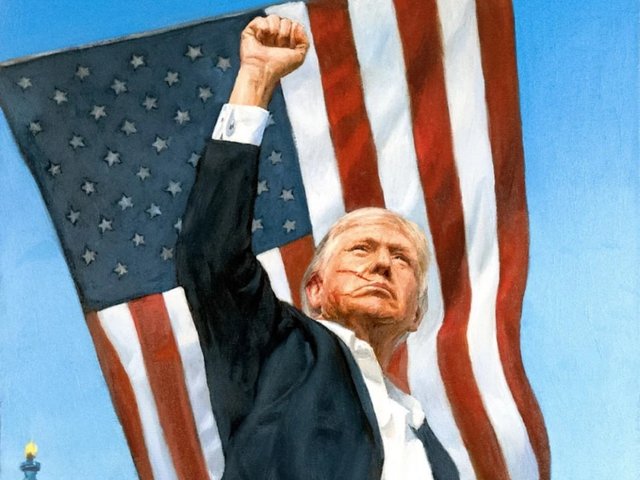
This situation highlights the unique challenges involved in creating and maintaining official presidential likenesses in the current political climate, particularly those of a figure known for his keen attention to personal image. The history of Trump’s portraits is already riddled with controversy, including a separate instance where testimony revealed he spent $60,000 in foundation money to acquire a self-commissioned vanity portrait. The Colorado Capitol now faces the challenge of funding and commissioning a new artist, one who must navigate not just the traditional demands of state portraiture, but the extremely high and famously subjective aesthetic demands of the subject himself, all while trying to maintain the original intent of historical impartiality.
